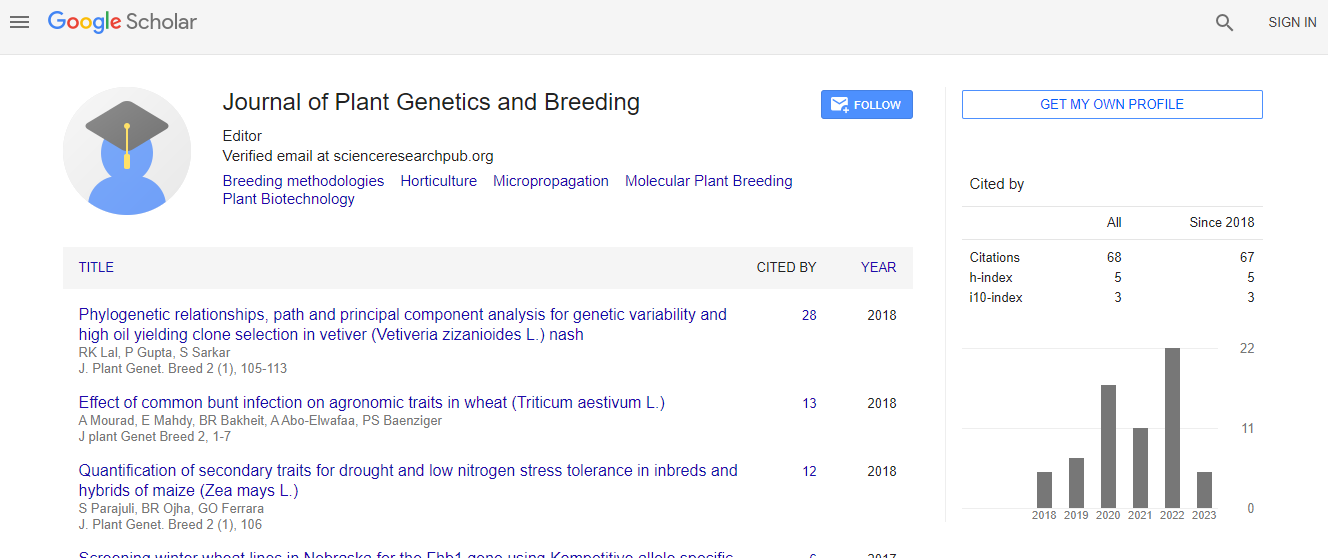Genetic diversity and population structure of three commercial indigenous Aloe species in selected ASALs of Kenya
*Corresponding Author: Mr. Asenath Adienge, Kenya Forestry Research Institute. P.O Box 20412-00200, Nairobi, Kenya
Copyright: © 2021 . This is an open-access article distributed under the terms of the Creative Commons Attribution License, which permits unrestricted use, distribution, and reproduction in any medium, provided the original author and source are credited.
Abstract
Aloe species are common in arid and semi-arid lands (ASALs) of Kenya and are of economic importance especially for bitter gum production. However, the species is under ecological threat due to unsustainable harvesting from the wild. The objective of this study was to evaluate genetic diversity and population structure of three commercially exploited indigenous Aloe species; A. secundiflora, A. turkanensis and A. scabrifolia. The study was carried out in fifteen populations of Aloe species in their wild habitat where their geographic distribution was surveyed and populations delineated. Within each population, 30 trees were sampled at a distance of 100 m apart where leaf tissues were collected for DNA isolation and analysis using modified Cetyl trimethyl ammonium bromide (CTAB) method. Randomly amplified polymorphic DNA (RAPDs) and Intersimple sequence repeats (ISSR) markers were used to determine the genetic diversity and population structure. Ten RAPD and seven ISSR discriminative primers with the highest value of genetic diversity were selected to genotype three indigenous Aloe species. The genetic similarity was performed using Popgene 1.3.1; hierarchical UPGMA cluster analysis and principal coordinate analysis were performed using Genalex 6.5. To map genetic structure and gene pools, both Structure and Structure Harvester statistical packages were used. From the results, A. secundiflora species was the most distributed in the surveyed ASALs. There was high genetic variation among and within the populations. The combined use of ISSR and RAPD revealed high variations among the populations as compared to when either of them used singly. Genetic variation was highest within secundiflora species and least within turkanensis species. Maralal secundiflora population had the highest genetic variation. The study exhibited a population genetic structure with three major clusters which corresponded to the three Aloe species with minimal reproductive crossing among them. It is therefore, recommended to undertake biophysical studies to determine the advantages of A.secundiflora that has over the other species. In addition, Maralal sec population should be conserved ex-situ because of its high genetic diversity while both ISSR and RAPD markers should be prioritized in Aloe genetic studies as they reveal high variation.

